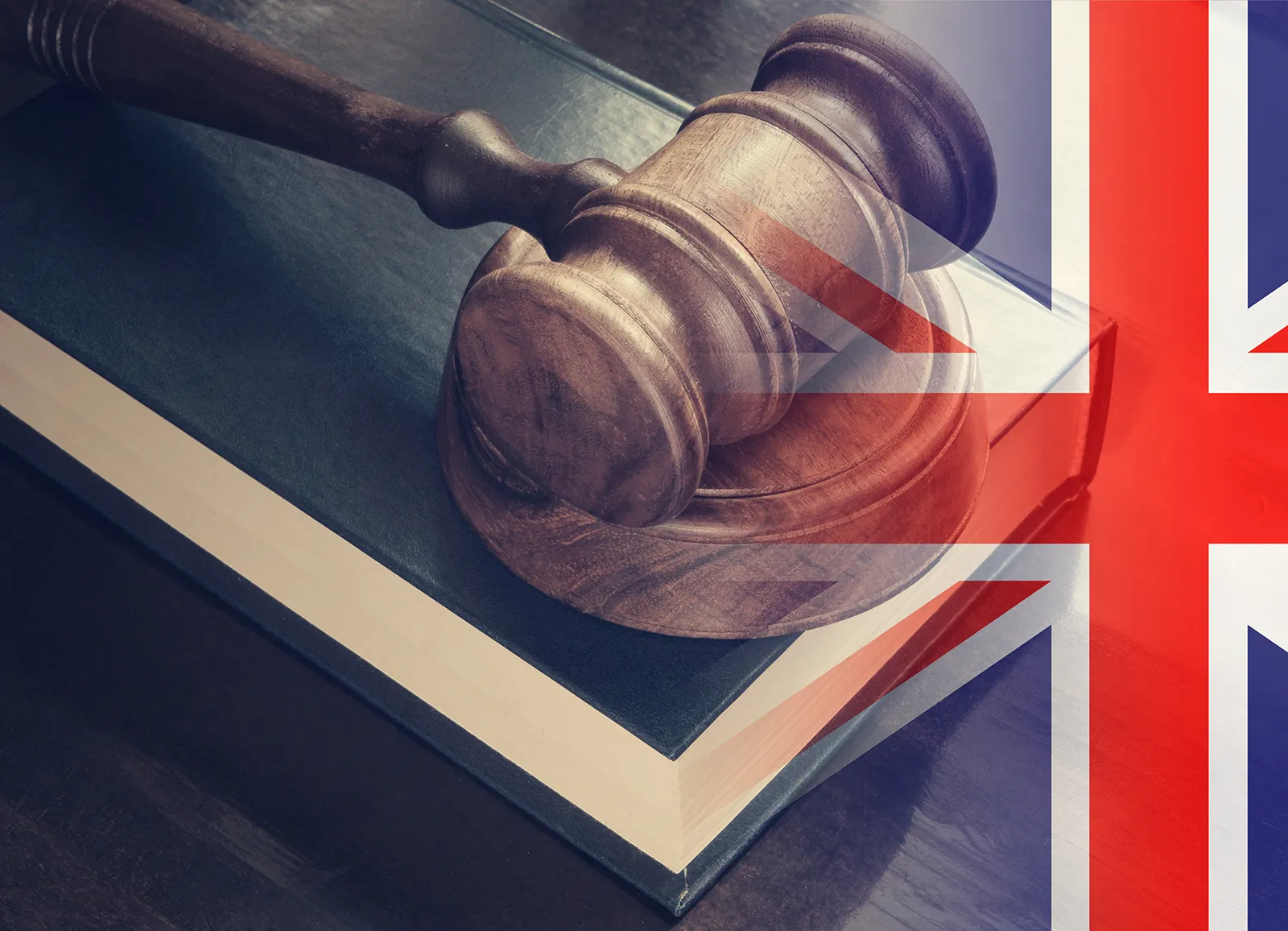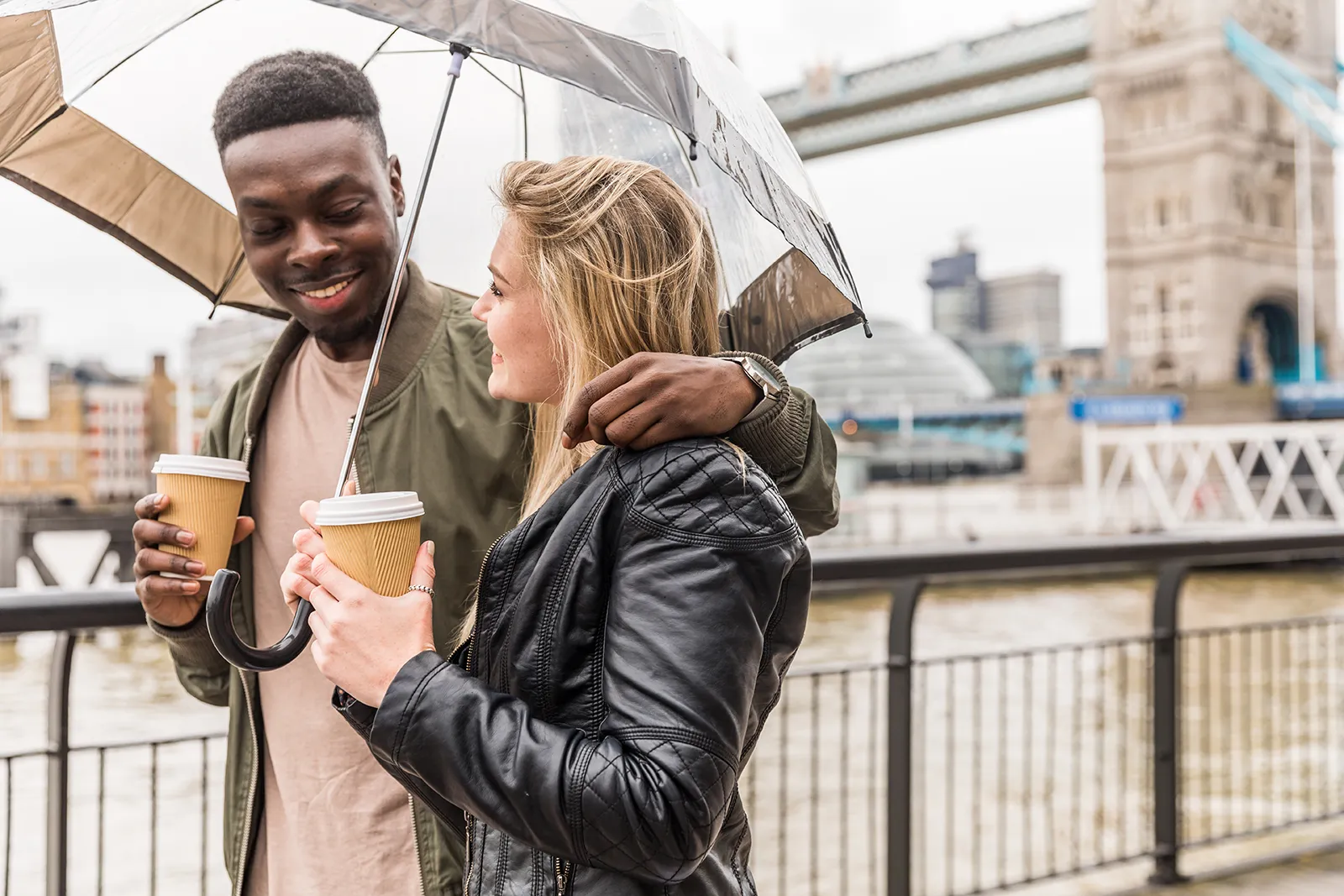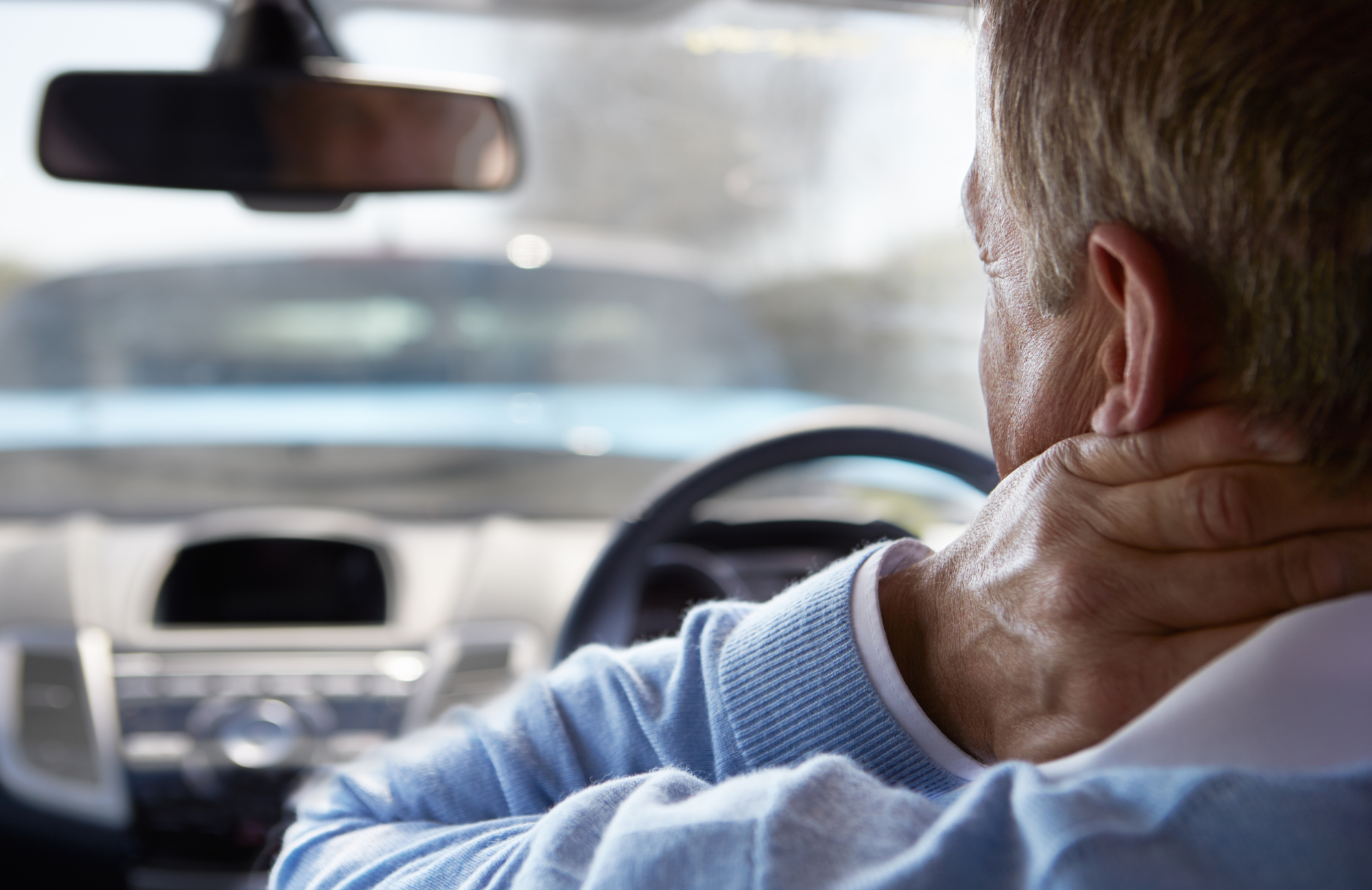Introduction
It is hard to overstate how serious road traffic accidents can be for pedestrians.
In 2018, pedestrians accounted for 26% of all road traffic accident fatalities in Great Britain – the highest proportion of any group besides car occupants (who made up 44%). Serious injury rates for pedestrians, along with cyclists and motorcyclists, are also much higher than other types of road-user.
But behind the statistics are real people, struggling with the consequences an accident can bring. If you or a loved one has been involved in accident as a pedestrian, you may be facing distressing and uncertain times, and it can be difficult to know what to do.
At Truth Legal, we aim to help people facing such difficult circumstances. This guide, alongside the many other resources on our site, is intended to provide you with as much information as you would like to take control of your situation. We are an ethically-motivated firm of solicitors specialising in personal injury matters. If you are thinking about making a personal injury claim for a pedestrian accident, we are more than willing to talk with you about your position.
To read more about such claims, this guide, and our general road traffic accident guide, can provide you with a broad range of information. The guide also looks at a number of significant pedestrian accident claims which have been decided by the courts in the past. These offer indications of how legal issues which may arise in pedestrian claims are resolved in practice. Reading through the case summaries may give you insights which are relevant to your own circumstances.
Should I make a claim?
It is important to take time and consider this question.
Making a personal injury claim may not be the right choice for everyone; a claim can take a long time, and it may also bring continued reminders of an event which you’d much rather forget.
However, if someone else’s negligence has caused you harm, you are legally entitled to recover compensation as a way of righting that wrong.
Compensation is intended to set right the harm you have suffered – as far as it is possible to do so. Money alone cannot undo all of the consequences of an accident, but it is often the only way to provide redress.
So often, sections of the media portray personal injury claims as ‘get rich quick’ schemes or as a way of getting money for nothing. But this simply isn’t true where someone has suffered genuine harm and is facing all kinds of negative consequences. Large compensation awards usually indicate that someone has suffered a great deal of harm – whether that harm is physical, psychological, financial, or a combination.
However, the unfortunate truth is that, even if you choose not to make a claim, you will still have to suffer the consequences of the accident. At least making a claim enables you to seek some measure of recompense for the injuries and losses you have sustained, and may even help your recovery with access to funds and treatment. It allows for some acknowledgement and correction of the injustice you have suffered.
Can I still instruct a solicitor to help me make my claim?
You may have heard about recent whiplash reforms to the law, which can limit compensation awards and a claimant’s ability to instruct solicitors following a road traffic accident. Fortunately, however, injured pedestrians are not affected by these changes. This means that, even if you have suffered whiplash-type injuries, you can instruct solicitors to help you in your personal injury claim.
Negligence and the legal basis of pedestrian accident claims
If you are claiming compensation for injuries you have suffered, your claim will almost certainly be founded on the law of negligence.
To be successful in your negligence claim, generally you must show: that the party you are claiming from had some sort of legal obligation to take care in relation to you (a duty of care); that they failed in this duty; and that their failure has caused your injuries.
Lawyers tend to break this down into several parts:
- The duty of care
- Breach of that duty of care
- Causation
- Damage
We’ll look at each of these in turn using some previously decided pedestrian accident cases to make things clearer.
Duty of care
Duties of care arise in all sorts of different situations. For example, doctors owe their patients a duty of care when advising and treating them, employers owe their workers a duty of care in the workplace (and sometimes beyond), and road-users owe a duty of care to each other, including pedestrians.
As a general rule, when someone is in a position where their conduct could cause harm to others, and that harm is reasonably foreseeable, a duty of care is imposed to represent and legalise this responsibility.
If you are a pedestrian you are classed as a road-user. Other road-users, such as motorists, cyclists, motorcyclists etc. must take reasonable care to ensure that their conduct does not jeopardise your safety. Likewise, you will owe a duty of care to other road-users. This means that your own conduct at the time of the accident can be relevant in your claim. Suddenly stepping out in front of a car, for example, is something which would put the car’s occupants at risk.
If you are worried that your conduct may have contributed to your accident, you may still have a claim. See ‘What if I’m partly at fault for the accident?’ below.
In some negligence cases, establishing that a duty of care exists is a significant obstacle. However, with a pedestrian accident claim it is extremely unlikely to be an issue – your claim is likely to be directed against another road-user and it is well-established that road-users owe duties of care to one another.
Breach of the duty of care
If someone’s conduct falls below the standard required by their duty of care, they are said to have breached their duty of care.
For the average motorist, the standard they must meet is that of the reasonably competent driver. If they have done something which a normal, reasonably competent driver would not have done – such as driving across a pedestrian crossing when a red light is showing – they can be considered to have breached their duty of care. Equally, if they have not done something which a reasonably competent driver would have done, they might also have breached their duty of care. For example, they might have turned into a side road without properly checking that the way was clear.
Stewart v Glaze [2009] EWHC 704 (QB)
This case involved a pedestrian, Mr Stewart, who was sitting with a friend at a bus stop in the early hours of the morning after a night of drinking. Mr Glaze was driving his car along the road when Mr Stewart quickly moved into the road without warning. Mr Glaze’s car collided with Mr Stewart, who sustained catastrophic head injuries. He brought a personal injury claim against Mr Glaze.
The court found that Mr Glaze’s driving had met the standards required of a reasonably competent driver and, as such, he was not negligent because he had not breached his duty of care towards Mr Stewart. Expert evidence heard at the trial indicated that the time Mr Glaze would have had to react was miniscule, and the fact that he could not avoid the collision did not indicate any lack of care or attention. The court also commented that it was unreasonable to expect Mr Glaze to have been constantly watching Mr Stewart, recognising that a driver must be aware and watching for many different things as they drive.
Mr Stewart’s claim was dismissed.
Goddard and Walker v Greenwood [2002] EWCA Civ 1590
Two joggers, Ms Goddard and Ms Walker, were preparing to cross a busy A-road at a pedestrian crossing. The crossing was at a junction controlled by traffic lights and the side of the road nearest to them was split into three lanes.
A large lorry was waiting at the junction in the nearside lane. Ms Goddard and Ms Walker began to jog across, without activating the pedestrian signals on the crossing. As they passed the front of the stationary lorry, a car, driven by Mr Greenwood, entered the crossing in the middle lane and collided with them.
In the subsequent personal injury claim, the initial trial judge found that Ms Goddard and Ms Walker had crossing when the lights for the traffic nearest to them had already changed to green, and that, with their view obscured by the lorry, they should have stopped at the edge of the lorry to check the middle and offside lanes were clear. The judge therefore considered that Mr Greenwood had not been negligent.
The Court of Appeal disagreed. They noted that Mr Greenwood’s view of the crossing had also been restricted by the lorry and that a reasonably careful driver would have anticipated the possibility of pedestrians crossing, especially as the lorry had remained stationary after the lights changed. The fact that the lights were green did not absolve him of his duty to take care.
However, the court also found that Ms Goddard and Ms Greenwood’s conduct had greatly contributed to their own injuries, and held them 80% responsible.
Causation
Causation looks at how your injuries, and any other losses, have been caused. To successfully claim compensation for them, your injuries and losses must have been caused by the other party’s breach of their duty of care.
So, for example, if you were injured by a car, which drove through a red light and hit you as you walked across a pedestrian crossing, the driver’s breach (in proceeding through a red light) would have directly caused your injuries.
Damage
This final element looks at the harm you have suffered – your injuries and other losses – and considers whether it is reasonable for the other party to compensate you for them. Causation plays a part in this – as only damage caused by the accident can be claimed for – but it also involves assessing the extent of your losses.
Baker v Willoughby [1969] UKHL 8
Mr Baker was about to cross a straight road. He looked to his right and could see a car approaching but was able to cross into the centre of the road. He then looked to his left, but at this point he was hit by a car, driven by Mr Willoughby, which had overtaken the car he had seen approaching.
Initially, a court found Mr Baker to be 25% responsible for his injuries, on the grounds that he should have taken greater care to ensure it was safe to cross. The Court of Appeal changed this, and held both parties to be equally liable because each party would have had a clear view of the other but did not see the danger.
The case came before the House of Lords and they restored the original trial judge’s decision of holding Mr Baker 25% responsible. Looking at what each party did to cause the accident, and their relative blameworthiness, it was emphasised that a negligent car driver has much greater potential than a negligent pedestrian to cause harm to others. As such, Mr Willoughby failing to keep a lookout was held to be more responsible for Mr Baker’s injuries.
The case had an uncommon twist, however, relating to Mr Baker’s injuries. Mr Baker’s left leg had been injured in the accident, leaving him with a partial disability. After the accident, but before the trial, Mr Baker was shot in the same leg by armed robbers at his workplace. His left leg had to be amputated above the knee.
Legal representatives for Mr Willoughby argued that this meant compensation for Mr Baker’s ongoing disability should only be payable until the time of the second injury – that the amputation had ‘obliterated’ the partial disability caused by the road traffic accident.
The House of Lords did not accept this argument however, ruling that Mr Willoughby’s negligence had caused a partial, though permanent, disability and the events of the second injury had not in any way improved that situation.
More on this side of the case can be found in our Baker v Willoughby detailed case summary.
What if I’m partly at fault for the accident?
As mentioned above, pedestrians also have duties of care towards other road-users. If your conduct has put other people at risk, or is something which a typical pedestrian would not do if they were taking reasonable care of their own safety, it is possible that you may be held responsible for the accident to some degree. You may hear this referred to as ‘contributory negligence’ – i.e. your own negligence has contributed to the accident happening or has increased the severity of the harm you have suffered.
Contributory negligence does not mean that your claim fails. Instead, it has the effect of reducing the compensation you will receive. This is usually set as a percentage, so if you are considered to be 30% at fault, you will receive 70% of the amounts you are claiming (i.e. 30% is taken off in view of your conduct.)
A court will only find that there has been contributory negligence if it recognises that the party you are claiming against was also negligent. The other party will still bear some responsibility; it’s just that your conduct also played a part in the harm you suffered. If it does not consider the other party to have been negligent it will just dismiss the case instead.
Sabir v Osei-Kwabena [2015] EWCA Civ 1213
Ms Sabir was crossing a busy shopping street when Mr Osei-Kwabena’s car collided with her. She suffered horrendous injuries – particularly a traumatic brain injury and abdominal injuries. Ms Sabir had been 5 months pregnant at the time of the accident and the injuries she sustained caused her to suffer a miscarriage.
The judge’s decision, which was upheld on appeal, was that Mr Osei-Kwabena had failed in his duty of care by neglecting to keep a proper lookout whilst driving at the maximum speed allowed by the speed limit through a shopping street – a place where it was likely there would be pedestrians trying to cross. It was held, the accident could have been avoided if he had spotted Ms Sabir sooner and taken his foot off the accelerator.
However, Ms Sabir was also held to be 25% responsible because she could clearly see Mr Osei-Kwabena’s car approaching and had started to cross the road anyway. It was apparent that she had misjudged her crossing and failed to stay aware of the approaching threat as she crossed.
Read more about this case here.
Eagle v Chambers [2003] EWCA Civ 1107
Ms Eagle was walking late at night along one road of a dual carriageway, which ran along the seafront of Great Yarmouth. She was in a highly distressed state, walking for some time along the central white line and later in the offside lane. Despite several warnings from passers-by, she remained walking in the road.
Ms Eagle suffered severe injuries when she was hit by a car driven by Mr Chambers. Mr Chambers had been drinking and, though he was slightly below the legal limit, he admitted it had impaired his abilities.
At the initial hearing, Ms Eagle was held to be 60% responsible for her injuries. This was changed to 40% on appeal. The Court of Appeal held that Mr Chambers had not kept a proper lookout, took no avoiding action, and would likely have hit any pedestrian in that situation, even a blameless one.
The 40% contributory negligence on Ms Eagle’s part reflected her lack of concern for her own safety by walking in the road and ignoring warnings from others.
There have been some cases where a pedestrian’s behaviour has been considered so unreasonable that they have been held completely at fault for their own injury, as in the case of Stewart v Glaze, mentioned above.
If you are worried that you may have been partly to blame for your injury, you can still make a claim. If you also hold another road-user responsible for the accident then they may also have been negligent, and if this is the case then your conduct will not make them blameless. If you have been injured as a result, in part, of their poor driving or carelessness, then you are still entitled to some measure of compensation.
Also, with pedestrians being recognised as a vulnerable class of road-user, any driver that injures them will be typically held to a higher standard of care. This is because the courts recognise that drivers are in control of potentially dangerous vehicles (cars, lorries, motorcycles), which have the capacity to inflict more harm to other road-users than a pedestrian would be able cause.
What is involved in a pedestrian accident claim?
You don’t have to know about the legal aspects of a claim, outlined above. If you have instructed specialist personal injury solicitors to handle your claim, they will be able to advise you practically on what is needed to bring your claim successfully.
In broad terms, the actual claims process will involve:
- Gathering evidence to support the injuries and losses you have suffered due to the accident. This may involve waiting until you are fully recovered so that you are aware of the full extent of your losses.
- Corresponding with the other party’s insurers (or their solicitors) to ascertain what parts of the case they are willing to accept and what they might dispute. If the other party was not insured, or cannot be traced – perhaps where you were injured by a ‘hit and run’ driver – the claim may be handled by the Motor Insurers’ Bureau.
- Gathering evidence to show that the other party was negligent, and therefore responsible for your injuries and losses. This will not be required if the other party’s insurers accept that their policyholder was at fault.
- Possibly commencing court proceedings, if necessary, to protect your right to claim or where negotiations break down. Even if court proceedings are started, however, it does not mean that your case will definitely go to trial. Negotiations to settle a claim often take place throughout so the majority of cases never go to a hearing, even when court proceedings have been started.
Our detailed guide on road traffic accident claims contains a more in-depth look at the claims process, under the section: ‘What happens in a road traffic accident claim?’
How much compensation will I receive for my injuries?
Valuing an injury is an involved process, and one which can only be done properly after sufficient information has been collected. An accurate valuation looks at two general areas:
- The pain and suffering which your injury has caused you.
- The effect the injury has had on your enjoyment of life.
Because injury valuations are so focused on the harm you have suffered, comparisons with other people and figures conjured up by ‘claims calculators’ should be treated with a hefty pinch of salt!
Your solicitor will be able to give you more of an idea of valuation when they have obtained medical evidence on your injuries, and will advise you fully on your situation throughout your case.
What losses can I claim for after a pedestrian accident?
The main part of any personal injury claim will usually be the injuries themselves. However, a pedestrian accident will almost certainly cause you to incur other losses. You may have had items damaged in the accident itself, such as a mobile phone, watch, clothing, or goods that you were carrying etc. Often, however, losses will be incurred later as a result of your injuries.
Generally, any losses can be included in your claim if they were caused by the accident, or were a direct consequence of your injuries. Common types of loss include:
- Travel expenses – for journeys you make as a result of the accident.
- Medical expenses and treatment costs – you incur in treating your injuries or helping to ease your symptoms.
- Lost earnings – you incur as a result of being unable to work as normal.
- Care and assistance – you receive to help you cope with your injuries. Even if this is provide for free by friends or relatives, you can often claim for care after a personal injury.
There are many more kinds of loss you might experience. Some of these do not readily spring to mind, such as losses to your pension or even losses which haven’t happened yet but can be predicted to happen because of the accident.
If you are thinking about making a claim following a pedestrian accident, it is useful to know about the many different losses which are recoverable. This allows you to start securing the evidence you need to support your losses.
Our free, downloadable ebook: The Ultimate Personal Injury Compensation Guide, covers the many different kinds of loss for which you may be able to recover compensation.
Does my right to make a claim expire?
All personal injury claims have legal time limits applied to them. Pedestrian accident claims are no exception. To ensure these time limits do not prevent you from claiming compensation, in general, you must settle your claim or commence court proceedings within 3 years of the date of your accident.
However, there are some exceptions which can change the relevant time limit. The courts are also able to allow cases to proceed beyond the legal deadline if there is good reason to do so. Nonetheless, if you are thinking about making a claim, you should seek specialist legal advice as soon as possible.
Will my claim take a long time?
It is natural to want to know how long a claim might take to finalise. Unfortunately however, it is impossible to give an accurate answer without full details of your situation.
Every claim is different, from the injuries involved to the matters which are contested in the case. For example, if the other party argues they are not at fault for the accident, or they do not believe that they have caused your injuries, this will require extra evidence to be gathered. Even where the other party admits responsibility, if you have suffered severe injuries, your recovery time is likely to be longer. This in turn can mean more time is needed to accurately assess the full extent of the harm you have suffered.
Significant pedestrian accident cases
All of the cases referred to in this guide are listed below as a reference, with links to detailed case summaries if you would like to know more about them:
- Sabir v Osei-Kwabena [2015] EWCA Civ 1213 – a pedestrian crossing a road in front of a car she saw approaching was found to share 25% responsibility for her injuries.
- Stewart v Glaze [2009] EWHC 704 (QB) – a pedestrian found at fault for a road traffic accident.
- Eagle v Chambers [2003] EWCA Civ 1107 – a pedestrian who was walking in the road and hit by a car and found to be 60% responsible for her injuries. This was changed to 40% on appeal.
- Baker v Willoughby [1969] UKHL 8 – a pedestrian who was crossing a road and hit by a car overtaking another car. Both parties were found to be equally liable.
- Goddard and Walker v Greenwood [2002] EWCA Civ 1590 – two pedestrians were found to be largely responsible for their injuries.
Where to go from here
If you would like to talk about making a pedestrian accident claim, please feel free to get in touch with one of Truth Legal’s specialist personal injury solicitors. Some more information can also be found on our pedestrian accidents claims page.
More Legal Guides
Comprehensive and free legal guides from Truth Legal Solicitors.












